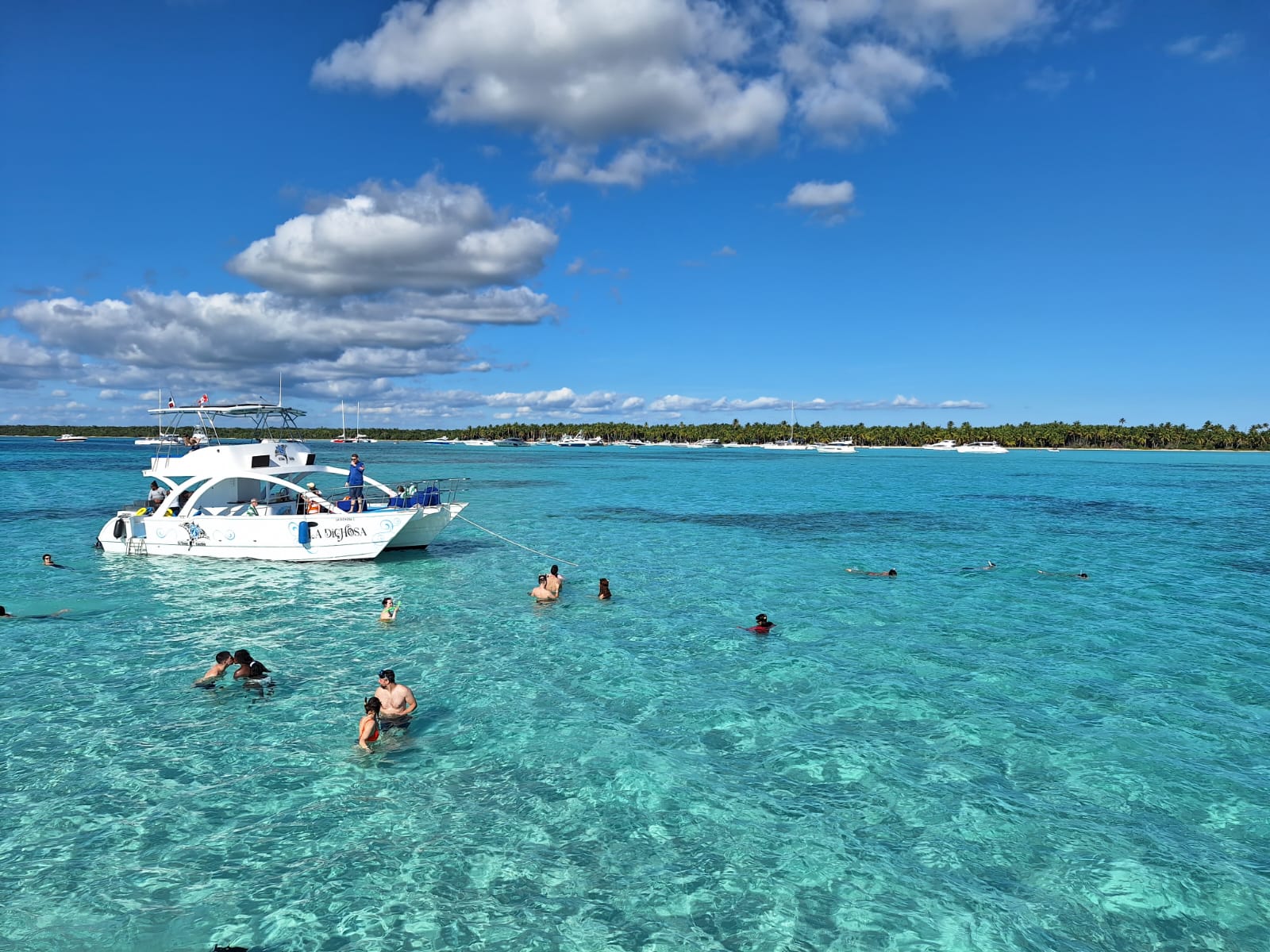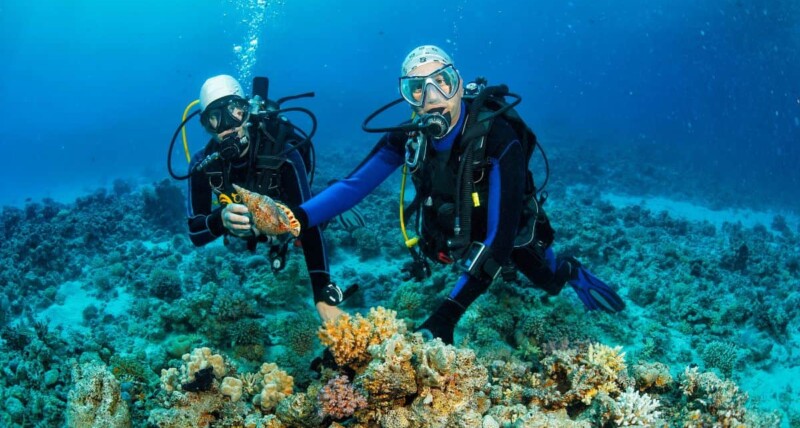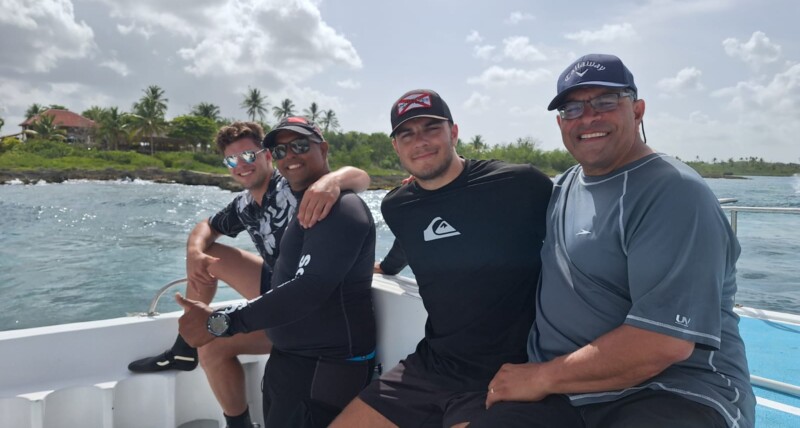Hi name is Jonathan From Private Dive Service. In this blog, I want to go over Open Water Dive Manual tips. So keep reading.
Understanding Pressure When Scuba Diving
When we’re going scuba diving, we’re going to go under the water, which means that we now have an increase of pressure around us. Why? It’s because now suddenly we’re surrounded by water, which also weighs something and that puts pressure on top of us.
Now, we still have the surface, the air pressure also on us right now when we are going under the water. And that’s very important to know to understand this question.
How much pressure do we have around us under the water?
Well, for every 10 meters that you’re going under the water, the pressure increases by one bar. So, for example, when we’re going scuba diving and we’re going to go down to 10 meters of depth, you’re going to have one bar of pressure above you.
Then also we still have the pressure from the surface, like I just said. So we’re actually having two bars of pressure at 10 meters. One bar from the water and then one bar from the surface air pressure also.
Are you looking for an unforgettable diving experience in the Dominican Republic?
At Private Dive Services, we offer personalized and high-quality underwater adventures. We organize small diving groups and take care of transportation from your hotel anywhere on Caribbean side of the Island (Bayahibe, Saona Island and Catalina Island). Buffet lunch is included. Our excursions include:
Half-day double tank diving in Bayahibe.
Full-day double tank diving and snorkeling trips to Saona and Catalina Islands.
Rental of diving equipment (you can also bring your own).
We offer Scuba Diving at all levels from Discover Scuba diving to advanced and snorkeling trips.
Bayahibe offers Wreck diving. The St. George for advanced certified divers and the Atlantic Princess for Open Water certified divers.
Shark dives in Punta Cana. You must be at an advanced level as these are drift dives.
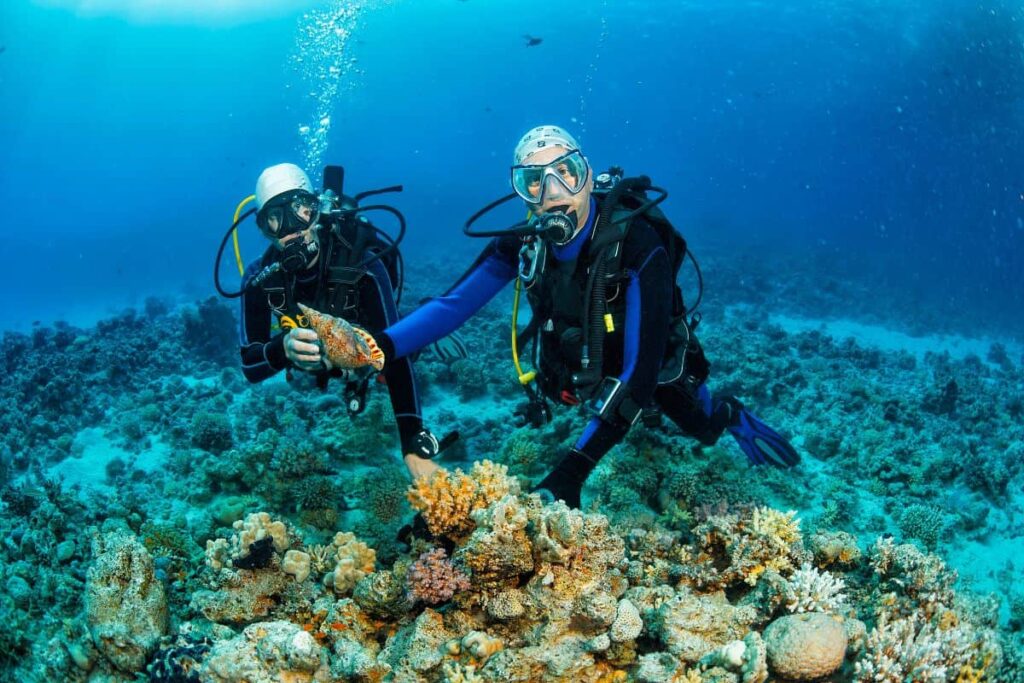
Calculating Pressure at Different Depths
So let’s say right now we’re going to 20 meters. So we’re going down to 10 meters first, one bar. Now we’re descending even more to 20 meters, another one bar, so that’s two bars, but plus the one from the surface is three bars.
So we’re going to 30 meters, one, two, three bars, plus the one from the surface is four bars. All right, 40 meters, I kind of think you guessed it now already, five bars. And how much bar do we have in pressure at 18 meters? Yes, very, very good. Nine bars of pressure.
Understanding Volume and Density Changes
Besides increasing the pressure when we are going deeper, we also have an effect on volume and on density. Okay, so how does this work? Let’s say that we fully inflate a balloon at the surface, like, I don’t know, it’s your birthday or something. So you fully inflate it.
Now there’s air in it. And now you put a knot in it. Okay, air, same as anything else, in a simple way of saying it, is made out of molecules. So it is something. When we are going under the water with a balloon now, the water is going to surround it and it’s going to put pressure on that balloon on all sides. So the more deeper we go, the more pressure, and the more that’s going to squeeze in that balloon.
So when we’re going down to 10 meters, remember from before, we have two bars of pressure there. So it doubles from one bar at the surface to two bars at 10 meters. That means the balloon gets squeezed into half the size. So the volume becomes half. So that air doesn’t escape.
A lot of people think, oh, where does the air go then? But the molecules kind of get squeezed together a bit closer. So for this reason, the density inside of the balloon actually increases. So when we’re going down, when we’re descending, the volume decreases and the density increases. How much does this density increase? Well, that’s always related to the pressure that you’re under.
So that’s kind of simple. So when you first find out that it’s two bars pressure at 10 meters, that means that the density is times two. Okay, so let’s say, for example, we’re going down to 30 meters. So remember at 30 meters, we got one bar first to 10, another bar to 20, another bar to 30. So that’s four bars.
So if we take that balloon down, it gets squeezed in four times as much, so one-fourth of volume. And that means the density inside of that balloon, the fitness, is now times four. All right, and then the last one, remember if we take the balloon down all the way down to 40 meters, then the balloon will be one-fifth of its size.
Equalizing Air Spaces in Your Body
When we’re going to go under the water, like we just discussed in question number one, we’re going to have an increase of pressure around us, which means we have to equalize our air spaces that we have inside of our body.
So where do we have these air spaces? Well, we have what we call sinuses, and the sinuses are behind our face. And connected to those sinuses, we’ve got these eustachian, eustachian tubes that go to our ears, and they connect to our eardrum that we have in our ear. We also have an air space right here that goes down to the biggest air space, which is our lungs. We also have a little bit of air in between our face and our mask, and we also have to equalize that, but that is something we’re going to explain a little bit later.
For now, let’s focus on the ears mostly, because that’s where you feel the pressure first, and that’s what we need to equalize first. If you wonder, by the way, if you need to equalize your arms or toes during a scuba dive, no, you don’t. You know, that can’t get squeezed in because we don’t have any air spaces there. So only when we have our air spaces is really where the water wants to go to on our first scuba dives. So let’s say tomorrow you’re going to do your first dive. Picture your first dive, and you’re on the surface, and let’s say that you’re using a descent line to go down, so you’re holding onto this line, you deflate that BCD, and now we want you to start equalizing when we’re going down.
Techniques for Equalizing Your Ears
And why? It’s because if this is your eardrum, this is the outside of your ear, and then here you got your eustachian tube, the moment we go down under the water, the water will flow into your ear, into your sort of ear canal on the outside, and it’s going to start putting a little bit of pressure on that eardrum, and it’s going to start bending it a little bit. This is not bad for your eardrum, and you might not even feel this yet. So this is really in those first few centimeters this starts happening, and yeah, you kind of go like, oh, this is fine, easy, I don’t have any issues with my ears.
But if you’re going to go down more and more without equalizing, which you shouldn’t do, then what’s going to happen is that the water’s going to press it in more and more and more until you start feeling, oh, there’s something in my ear. And then more and more it becomes uncomfortable, and if you keep going and going, yeah, the eardrum at one point might get damaged.
So I know this sounds a bit scary, but don’t worry, it’s very, very easy to solve, and that is by equalizing our ears.
So how do we equalize it? Well, basically what we’re trying to do is to create the same pressure inside as we have outside. And that is where our real lungs come into play as well. So what we can do, if when you’re going down under the water, the water flows in, bends in your eardrum a bit, just do version number A, which we also call the Valsalva maneuver. Basically what you do, you pinch your nose, you breathe out, but you close your mouth also, so it cannot actually go out. Then the air will go through your nose, but it cannot go out here as well.
And then what happens, it gets pushed to our eustachian tubes, to our eardrum. This doesn’t have to be hard. Actually doing it hard is really bad because you might now damage something else. So just gently, (blows) that’s kind of how it works. Not hard at all. Now the trick is though to do it as much as you can. Okay, so you go all the way until you’re down to where you have to be. You can also use a different technique if this doesn’t work, and that is to wiggle your jaw, and move your head maybe from side to side.
Actually, you can try it right now if you want to, I know, always looking right looks a bit weird. You just go. Can you feel it? Can you feel your ears squeaking? I can feel it. For me, it’s not the most preferred way of equalizing my ears. Most people, like myself, we just love the first one, which is the Valsalva maneuver, just works so well. You can actually try it now as well, but always be careful, especially on land, to never do it too hard.
So just very gently, just to see if you feel something. If you don’t feel something, or only one ear, don’t worry too. It’s probably because you have a little bit of congestion blocking your sinuses or your eustachian tube.
So make sure you blow your nose before you do this, and make sure that you don’t have a cold or that you’re sick before you go scuba diving. If you’re not sure, check up with a physician just before you do your dive. Works fantastically.
Now, if you have a feeling on your first dive that it’s, or you have to still go into your confined water session, and it’s just not working, just talk to your instructor. I know you sometimes feel like you might be special or something weird going on with you because everybody else can equalize, but trust me, many people have issues with equalizing in the beginning, but because it’s kind of like a feeling, and it gets better and better over time, you really start to feel exactly when you have to equalize.
And everyone is different as well. So if everybody in the group can equalize except for you, that’s perfectly normal. I pretty much have never, I think, taught an open water course where everybody could equalize. There was always one, two, or three people having some issues, and then in the end, sometimes they were even better at equalizing than the others because they sort of focused on it more.
So don’t worry at all. Only when you’re really sick, then it just doesn’t work whatever you do, and then it’s time to stop, and then just continue your course or your diving at another time. Anytime you’re in doubt, just ask your instructor or ask a dive physician.
So I just mentioned that you should equalize all the time when you’re going down until you get to the depth that you want to go, and then continue your dive and look at cool stuff. But I know you guys are gonna be excited, and that’s important, but what we see a lot with new divers is that when they’re going down in the first few meters, let’s say up to three meters, they’re so focused on this equalizing.
So they’re holding the line, you’re equalizing, and just, ah, yeah, it works, okay, this is weird, ah, it’s kind of working, this is good. So it’s all good, but then after a few meters, you look down, and whoa, and suddenly there’s this beautiful reef, and you see all these beautiful fish, and you go, wow, and you want to go there, and then we see our students getting a bit too excited, and they might now go down without equalizing, and then, of course, you’re gonna feel it. If it happens or this happens, and you start going, ooh, what’s happening to my ears? Just stop. You can never make it worse when you stop, so that’s good to know, and then signal your buddy and your instructor, dive master, whoever’s around you, that you have a problem with your ears.
So this is the signal, I have a problem with my ears. At that point, what you need to do to solve it is just to go up a little bit, and do so slowly. Probably your instructor or dive master will tell you to go up as well when you give them the signal that there’s something wrong with your ears.
All right, so just very gently and slowly, you go up, but the cool thing is you don’t have to go up all the way back up to the surface. If you could equalize at three meters, and you can’t equalize at four meters, you just go up, just very slowly, to three meters again, and what happens is, so for example, the reason why we can’t equalize, we call this a squeeze, is when the air pressure outside is more than the pressure inside, and it’s too much.
So you went to this point, and you just went, ah, it doesn’t work. Remember, never do it too hard. So by going up gently back to around three meters, your eardrum starts bending back by itself. At three meters, it was equalized, so there you just go, ah, it works again, and then just keep doing it all the time, and then you’re gonna be fine. If it really doesn’t work, you can go up a little bit more to try that out, and in very rare occasions, it just doesn’t work at all, and then you might have to go back up all the way to the surface, but this is usually the more, because again, you have congestion in your sinuses that you didn’t know about before, and your instructor will probably ask you to blow your nose at the surface, get all that stuff out, and then give it another go.
But again, there’s a difference between having a little bit of congestion in there that you just need to get rid of, or having a cold and being sick. So if your instructor feels like that you might be too sick at that point, he might then ask you to cancel the dive, and then continue on another dive when you feel better.
Sometimes we see students forcing it, which means that they see the other group going, they feel pressured because they’re the only one that are slow and having issues with the ears, or maybe just really wanna complete this course, and you’re on a holiday, and you have to leave, and you’re just under this pressure, and you just think like, ah, you know what? It doesn’t hurt that much, but it feels really uncomfortable. I’m just gonna push it through.
No, this is really important that you don’t do this, because you can damage that eardrum, and then you cannot dive for a very long time. Sometimes you just need one night of good rest to be able to continue the next day. So whenever you feel something, let your instructor know. He will give you the best advice. Maybe check yourself up with a doctor if you need to, and then continue your diving, but never, ever, ever force equalizing.
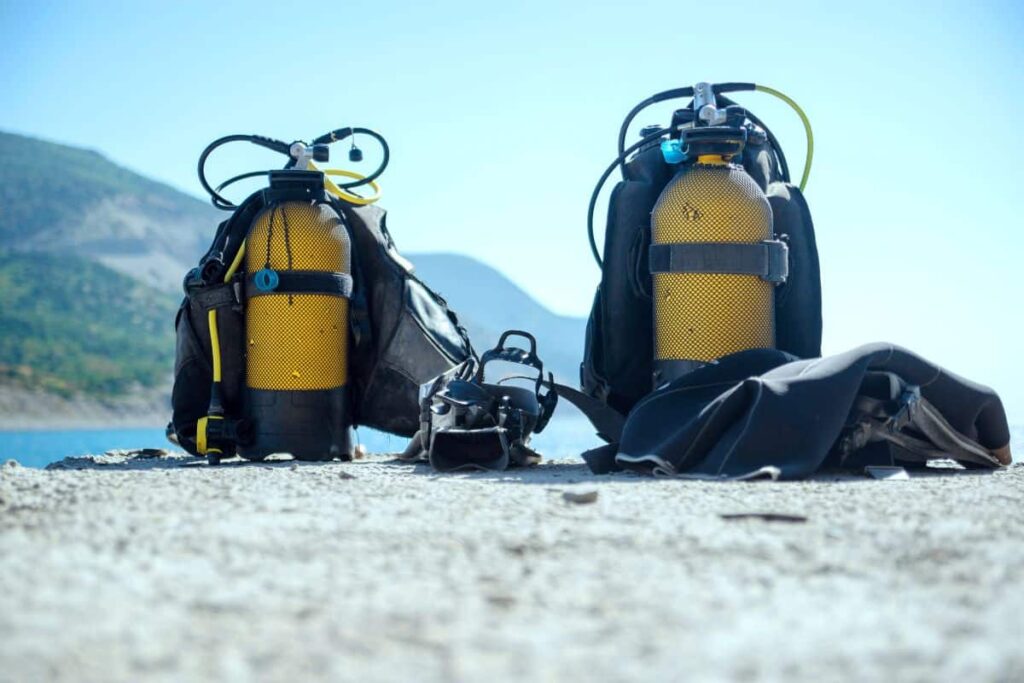
Importance of Continuous Breathing
Well, I think we just answered that multiple times. Absolutely, when you’re waiting too long, you’re gonna feel always that uncomfortable feeling. It’s hard to equalize. And when you’re really too long, then it’s just, you can’t do it. You get that squeeze, and you have to go back up. So just do it all the time. Like this, until you go down. Once you get experience, do you really have to do this all the time on the way down? Maybe not, maybe you just find that perfect feeling and moment when you have to equalize.
But when you’re a new diver, it really, really helps. I sometimes get students back after dive number one, saying, oh, you know, I’m not sure. This scuba diving is for me. I have some, I had to equalize all the time. And I always react like, wow, that’s great, because that makes you prevent having an uncomfortable feeling.
And also remember that when you’re doing dive one and two, we’re still diving quite shallow, up to 12 meters. That means that the pressure pretty much doubles when you’re going to 10 meters, remember, from one bar to two bars, which means that we have a huge pressure difference. So anytime you’re going up and down a little bit, you have to equalize again, all of us, including the instructor and the dive master.
So don’t worry, it’s perfect. Absolutely, never, ever, ever dive when you’re sick. And if you don’t know if you’re sick, check yourself up with a doctor. And if you can, a dive physician would even be better. Sometimes we think we’re like, oh yeah, you know, I can handle this. It’s just a little bit of a cold. But remember that this time we’re going under the water. We’re going scuba diving, and everything is connected. Your sinuses, you’re under pressure. And it is so important that we are helping each other healthy when we go scuba diving.

